We interviewed Matias del Campo, a Chilean-born Austrian architect, designer, and educator. He is the co-founder of the architecture practice SPAN, an Associate Professor at Taubman College for Architecture and Urban Planning at the University of Michigan, and the director of the AR2IL—The Architecture and Artificial Intelligence Laboratory at UoM. Also, in 2015, he received the Accelerate CERN Award.
He founded the architectural studio SPAN in 2003 with Sandra Manninger. The studio is known for actively engaging in building design while also developing a theoretical foundation for innovative advancements.
Also, lately, he published his book Diffusions in Architecture: Artificial Intelligence and Image Generators, which explores how generative AI models affect the aesthetics and design of architectural structures.
Serra Utkum Ikiz (PA): What was the key experience or realization that led you toward a computationally driven approach to architecture? Was there a specific problem you felt traditional methods couldn’t address?
Matias del Campo: It was almost an organic development. My mother was a programmer; she was involved in a project called “Cybersyn” in the early 1970s. A project that attempted to create computational methods to develop a system that assists in the management of the national economy. It aimed to enable real-time data collection, analysis, and decision-making to support economic planning, resource allocation, and coordination of production activities. To that extent, it was an attempt to use computational means to improve the living conditions of an entire population.
My father was a stage designer, and he had the most incredible art book collection. Our home was a constant back and forth between the rationality of computational tools and the value that aesthetics, culture, and the arts bring into our lives. This might explain the schizophrenia of my own project that attempts the use of computational tools to corral both of these universes: the wicked and the tame, the pragmatic and the artistic, the practical and the aesthetic, the rational and the irrational, the familiar and the alien. What is better than using computational design as a bonding agent between these massive gravitational fields?
Serra (PA): Your book, ‘Diffusions in Architecture: Artificial Intelligence and Image Generators,’ explores the intersection of AI and architecture. Could you give us a brief overview of the book, such as some of the most important concepts or ideas a reader should take away from it?
Matias: In short, the book deals with the emergence of AI Image generators based on diffusion models, which represent a pivotal moment in the evolution of architecture, offering unprecedented opportunities for innovation and creativity. These advanced computational tools, Diffusion models such as Dall-E2, Stable Diffusion, and MidJourney, are revolutionizing the way architects conceptualize, design, and visualize architectural spaces. At the heart of this transformative shift lies the ability of Generative AI models to produce synthetic images that seamlessly blend realism with imagination. This blending of the real and the imagined not only expands the aesthetic possibilities within architectural design but also challenges traditional notions of architectural representation.
One of the most compelling aspects of Generative AI models is their capacity to facilitate a dynamic dialogue between human creativity and machine intelligence. Architects are leveraging these tools as a sort of expansion of their own creative minds, harnessing computational power to explore complex design solutions and iterate through multiple design scenarios rapidly. This approach not only enhances the efficiency of the design process but also fosters a deeper understanding of the relationship between form, function, and aesthetics. The book is a collection of ideas, projects and concepts of a select group of architects who have been engaging with Diffusion models since its first widespread appearance in 2022 (some of the contributors even longer).
In addition to their impact on design aesthetics, Generative AI models move beyond mere image generators have the potential of reshaping the way architects approach sustainability and environmental performance. By simulating and optimizing building performance parameters, such as energy consumption, daylighting, and thermal comfort, these tools are enabling architects to design more sustainable and environmentally responsive buildings.
Serra (PA): AI has the transformative ability to generate countless variations. How can architects harness this power strategically to not just accelerate iterations but to truly elevate design thinking?
Matias: If you think about it, architecture has this long tradition of working through iterations. Whether it is in the form of iteratively sketching plans or resolving the inherent problems bit by bit. Or the creation of multiple physical massing models of a project to find the right balance and proportions. I remember working in Hans Hollein’s office, building iteration after iteration after iteration of a competition model in blue foam. Physical Models! What I’m trying to say is that architects are used to working through iterations quickly – thus, using the ability of diffusion models for iterations comes naturally to architects. I did a little test question while working on the Diffusions book.
I asked every architect I met who works with a Diffusion model, “How long does it take you to select the image you like the best from the four presented to you by the Diffusion model?” The answer was always the same: between one and two seconds. This goes to show the innate (and education-based) sensibility of architects to gravitate towards particular aesthetics. What Generative AI does is transform the speed and amount of decision-making opportunities. It can transform design thinking by illuminating areas in the latent space hitherto unseen by designers and architects. These dark corners of the latent space contain novel and unseen design solutions, literally the Tectonics of the Latent Space, which are outside the usual bag of tricks of architects. It is a great opportunity to find design opportunities that are strange but beautiful, alien but useful, and novel but familiar. Familiar enough to be read as architectural entities deeply embedded in the trajectories of our discipline. Material, tectonic, chromatic, structurally and spatially engaging.
Serra (PA): Diffusion models, with their unique aesthetic qualities, present a fascinating aspect. Do you believe this is a result of how the model naturally understands architectural spaces and forms, or is it just a byproduct of the training data?
Matias: I think we need to clarify something first, Artificial Intelligence generally and Diffusion models specifically do not “understand” anything. There is no natural understanding of architectural spaces. What Diffusion models do is generate realistic images by iteratively refining a noise tensor through diffusion processes. They can capture some statistical properties of the input data during training, but they do not perform feature recognition in the traditional sense.
Also, different Diffusion models yield different aesthetic results based on the training and the datasets used. Some lean more toward artistic aesthetics, while others go for photorealism. One common trend is that the increased training and the larger datasets have resulted in refined Diffusion models that produce more realistic results – creatively speaking, this is profoundly boring. I call these newer versions “Vanilla Models”. Funny enough, many creatives, from poetry, music, visual arts, and architecture, are intentionally using older versions of various generative models, which are easier to push towards provocative results.
Serra (PA): In your role as an educator, how do you expect AI integration to impact architectural education? While AI offers exciting possibilities for design and problem-solving, there are also potential disadvantages to consider. Can you point out both the opportunities and challenges AI presents for future architects and how universities can best prepare them?
Matias: The discipline has faced similar technological challenges in the past, and like in the past architects, and architecture students will adapt to the situation. I have been using AI as part of my curriculum for an extended period of time now, and there are a couple of things to consider. In my seminar, as well as in my design studios, one of the first orders of the day is dedicated to the “demystification” of AI. People fear what they don’t know. This is the source of anxieties and flat-out fear of new technology.
The more I can teach my students about the inner workings of AI, the influence that data has on the result, and the way that they -the human user- set the trajectory for the success or failure of the AI model used, the more comfortable they feel using this technology. Another aspect is the critical examination of the results and the development of techniques to improve the results of various AI models. From learning what to consider when prompting Image generators to critically examining the results provided by large language models in regards to their accuracy and usefulness to methods of building bespoke datasets to solve specific problems. I try to convey to my students how to overcome a naïve use of these novel tools, and rather emphasize critical thinking while using the tool.
One major part of the discussion in the studio, as well as in the seminar, is dedicated to ethical considerations and raising critical awareness of the racial and cultural biases present in datasets and the respective results from AI models – including their impact on the economy, ecology, society, and politics. On the other end of the spectrum is the excitement about the abilities of AI in regard to optimization and predictions. Terms that are common to architecture when talking about technocratic techniques – however, the meaning of these terms is transforming, from a technocratic meaning to a cultural meaning. Opening avenues for new theoretical and discoursive possibilities in the architectural debate.
Serra (PA): Here is the last question, success in computational design hinges not just on specific software skills but also on cultivating a distinct mindset. What habits of mind would you advocate for young architects to develop for success in this profession?
Matias: Stay curious and open-minded. Admit when you are wrong – change and adapt. Listen to others, but make your voice be heard. Don’t think you can solve everything on your own, look out for allies. Give credit where credit is due. Share successes and console friends in need. Stay human.




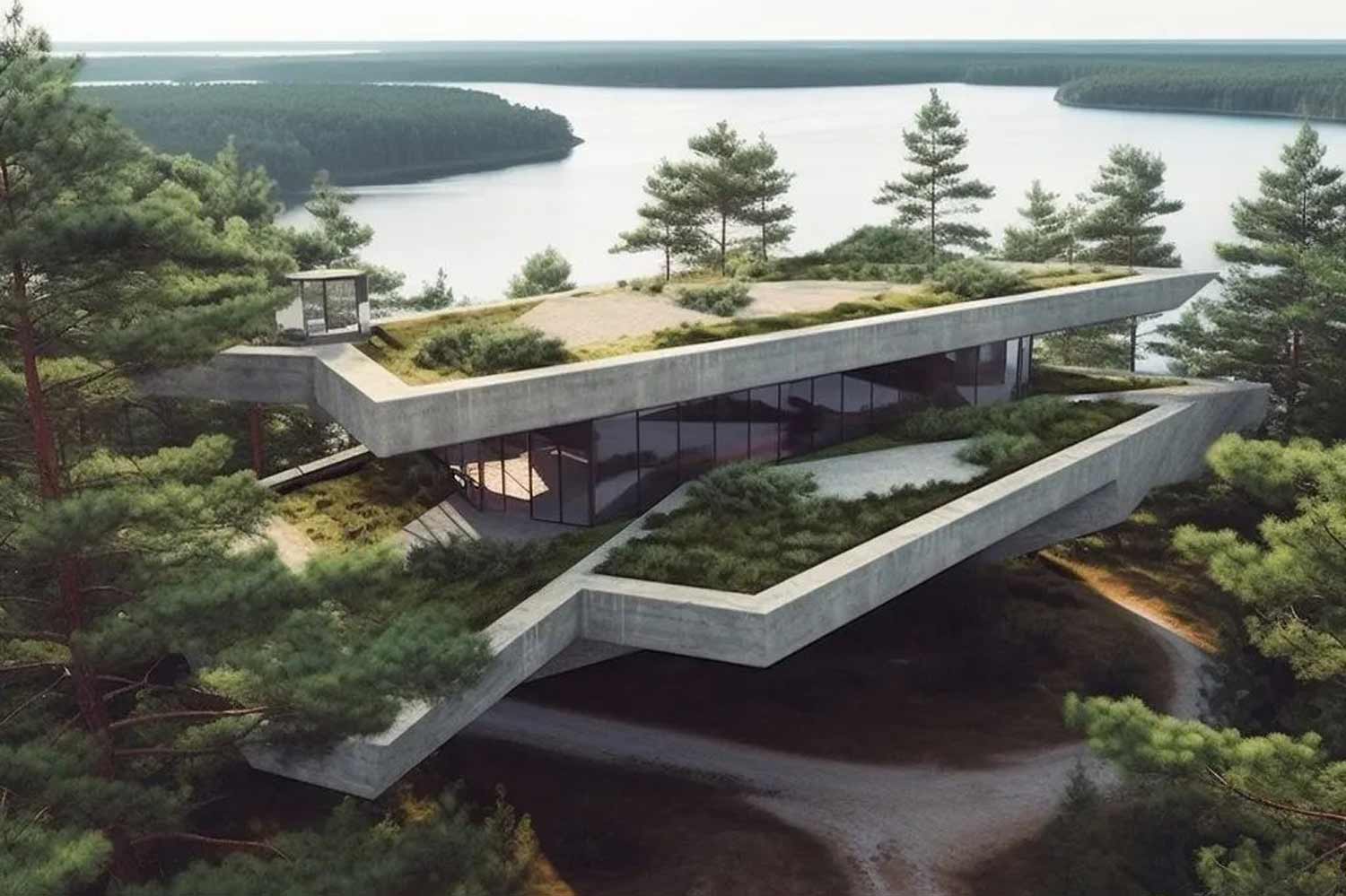
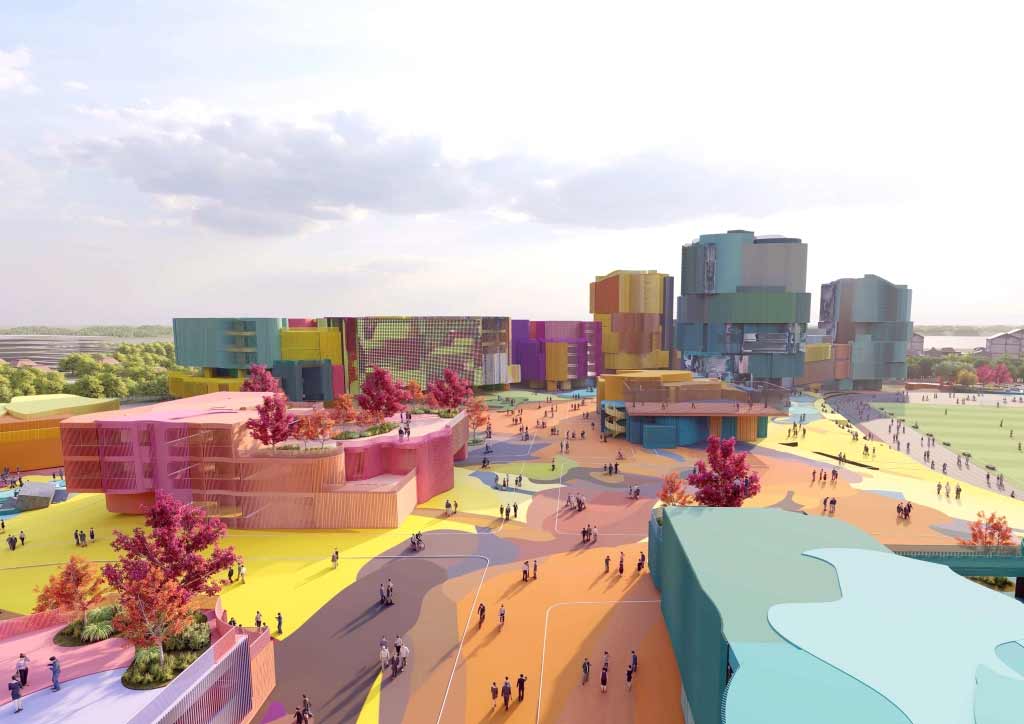
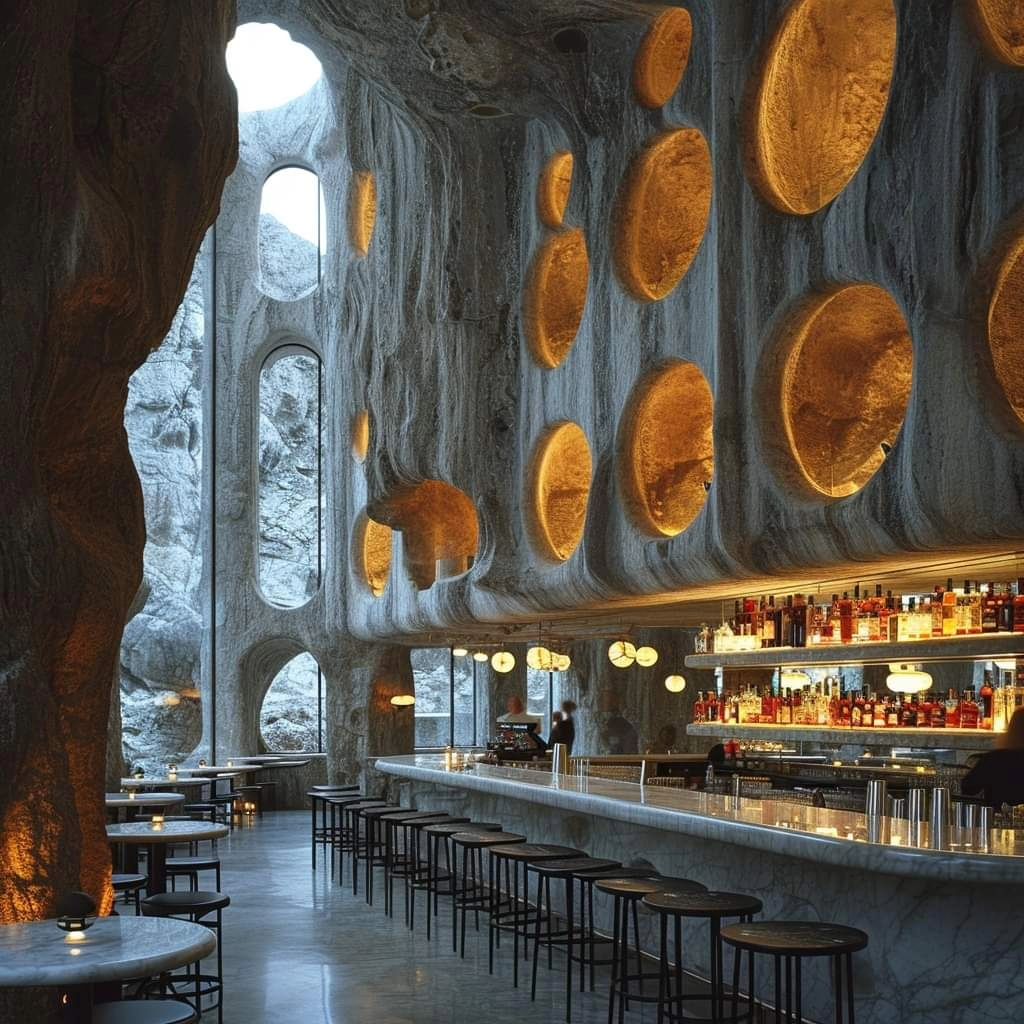
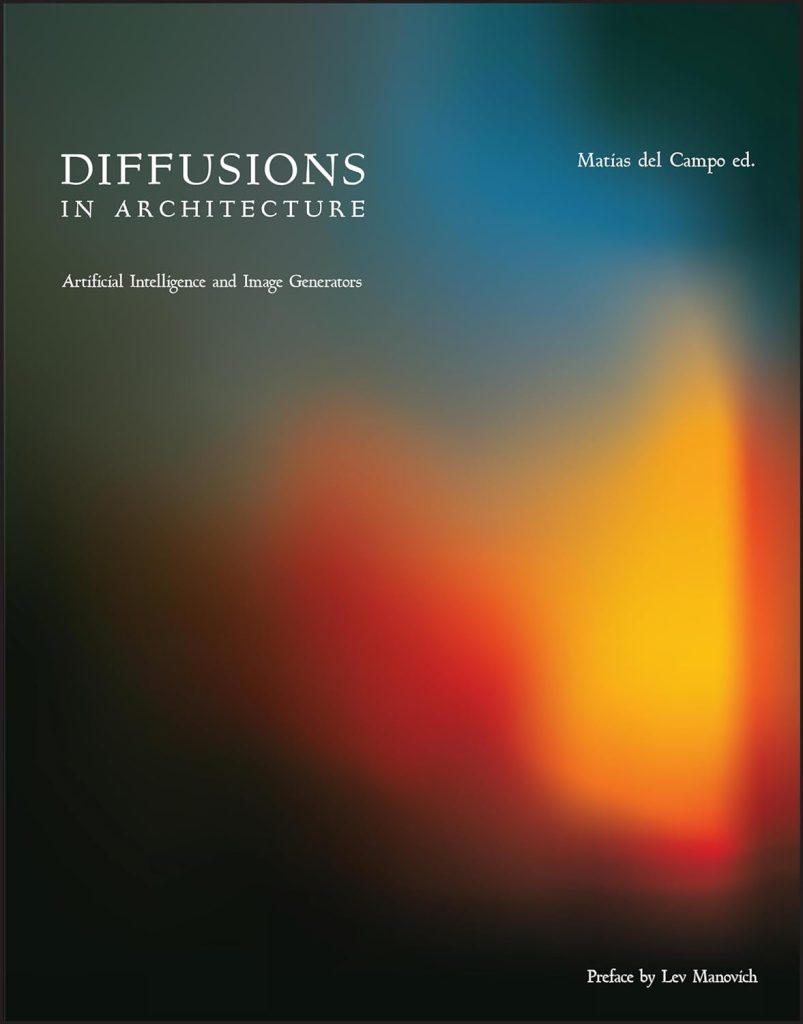
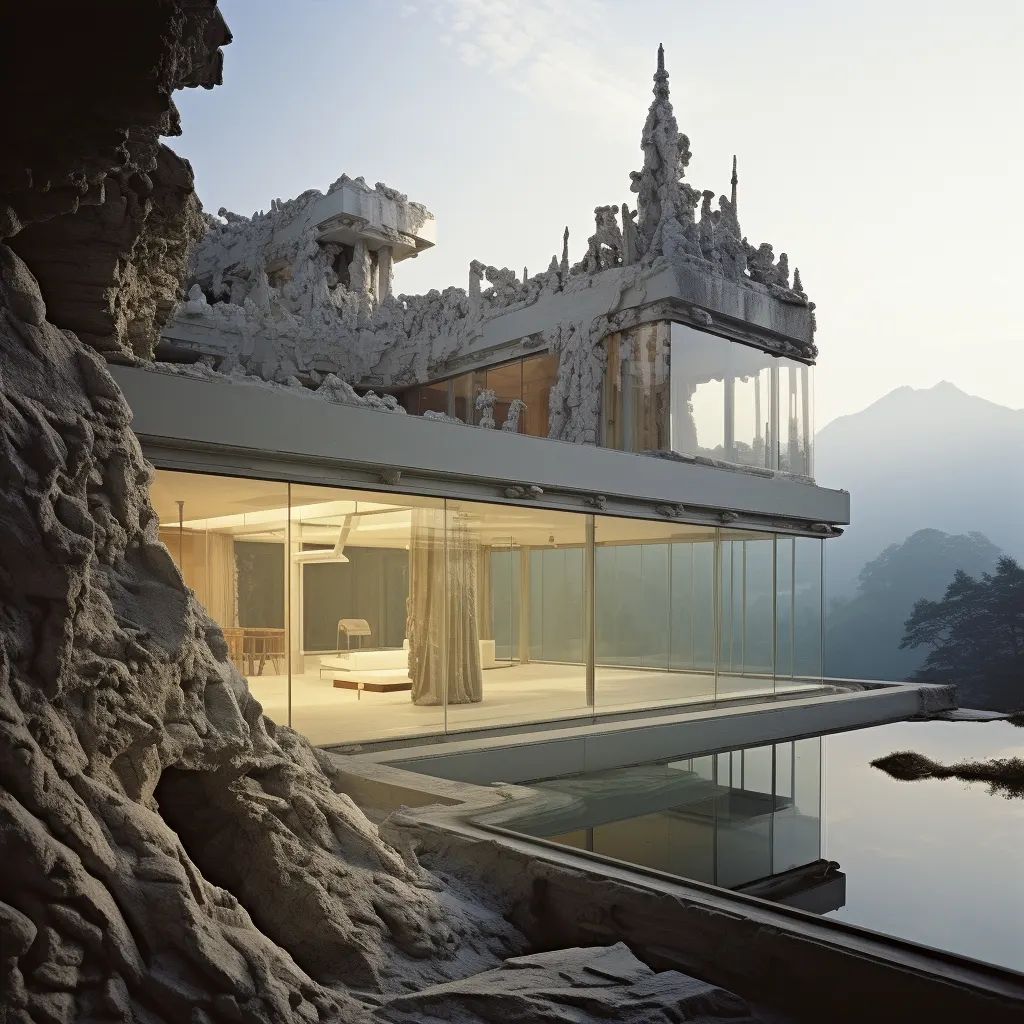
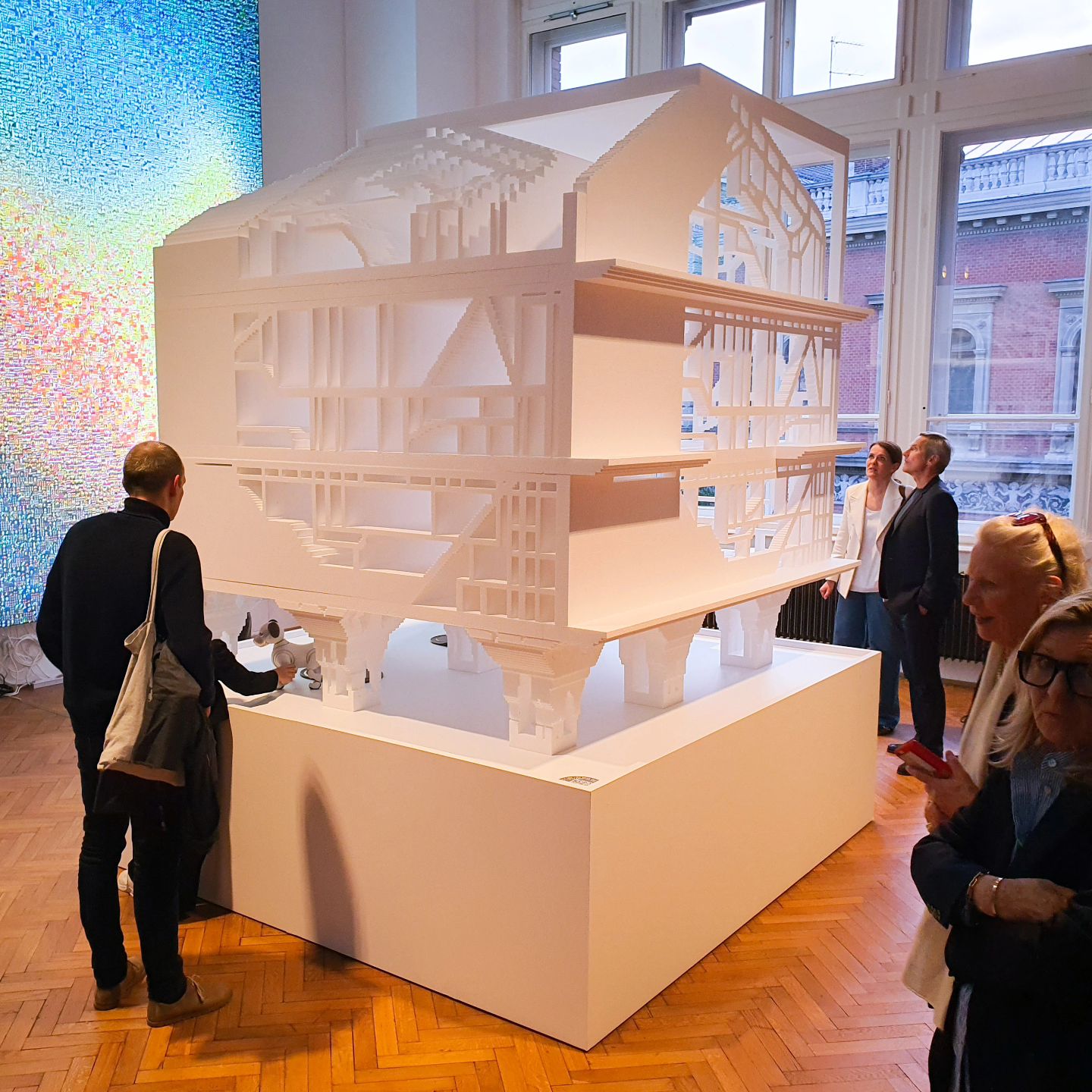
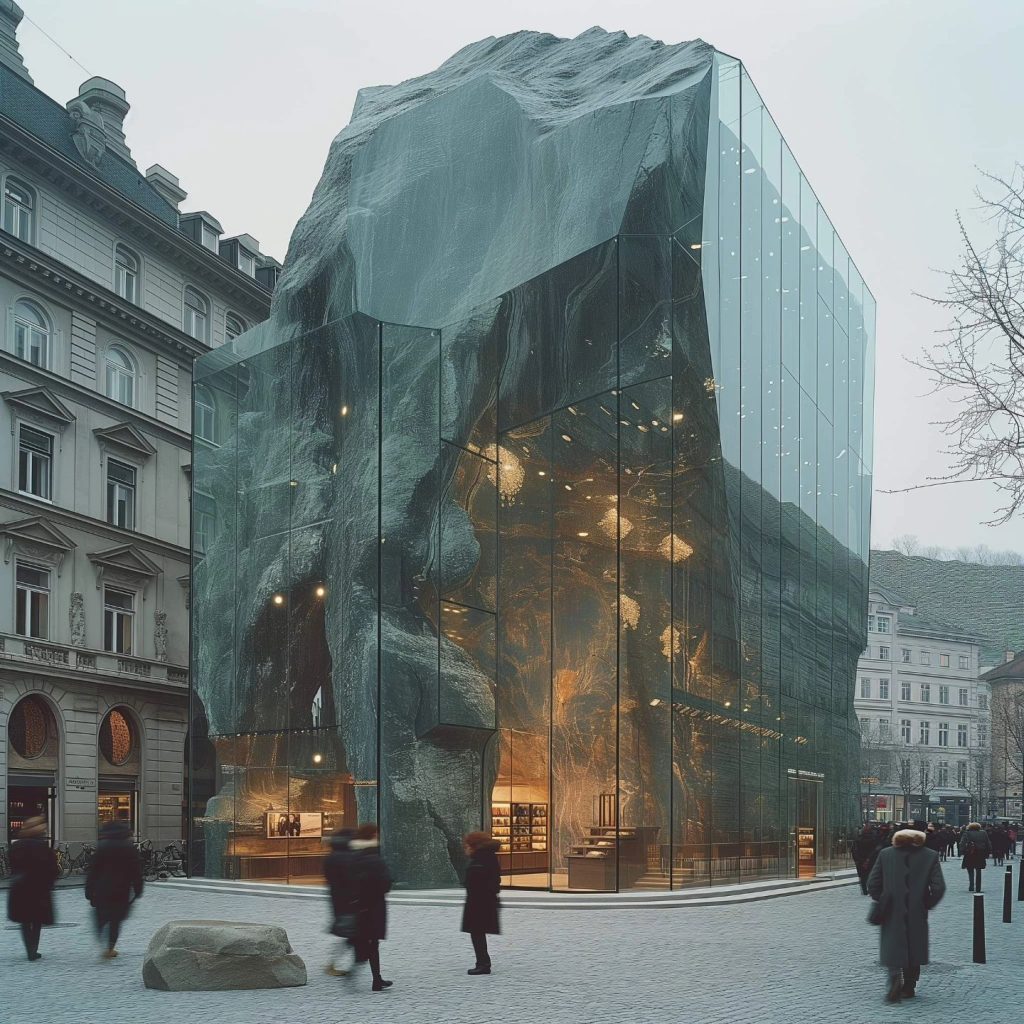




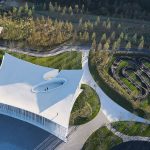









Leave a comment